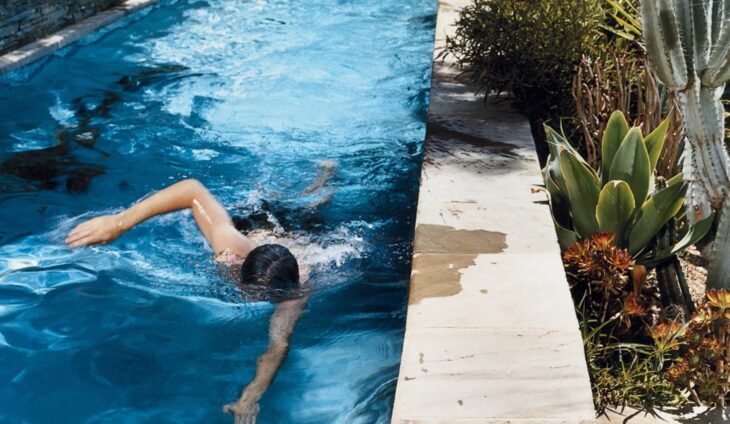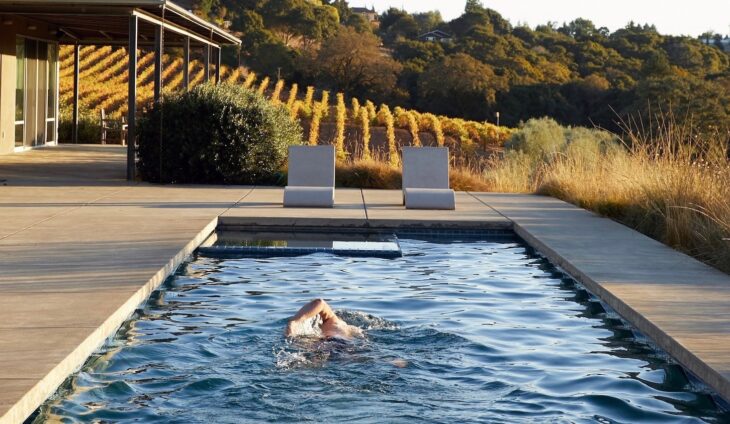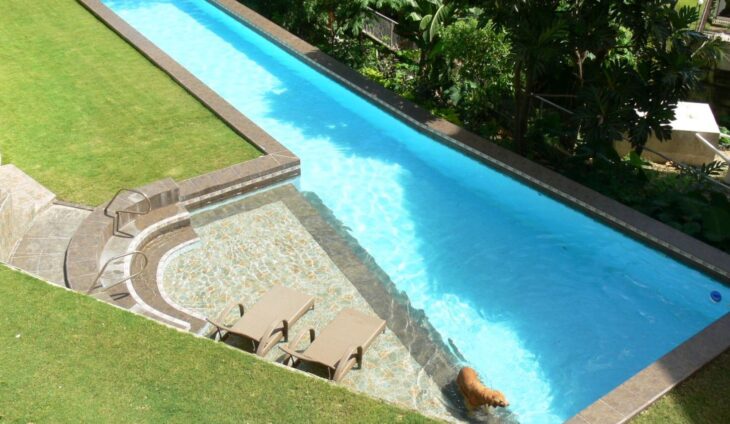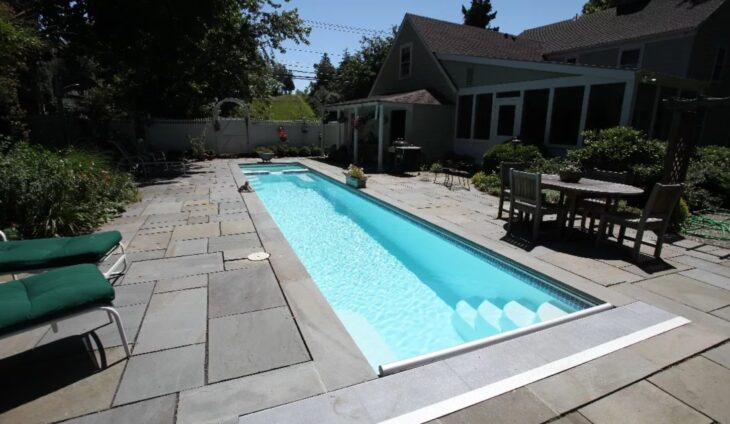Ever since the quarantine began, people are finding ways to keep their bodies in shape and their endurance on top-level until all this is over. Most of us will probably go back to the gym once they open up, but some will continue with their new-found ways of staying fit and healthy. We feel like the pandemic as a good thing as much as it was bad because many people found their new hobbies which were previously unknown to them.
You see, nature has many different ways of helping us stay in shape by doing functional things on which our lives once depended. Humans in the past had to climb trees to get some fruits to eat, chase mammoths for hours, and swim in the sea to catch some fish. Wait, what was that last one? Swim? Yes, swim, the perfect activity that can keep your body in shape without too much effort, boost your immune system, and help you become connected with nature even more.
In today’s article, we’ll talk about lap pools, so if you want to learn some more about them and how you can incorporate these in your fitness routine, this is the right place to be. Let’s take a look.
Contents
The main use of a lap pool

Source: Apartment Therapy
For you to be able to understand what the smallest size for a lap pool is, you first need to understand the concept and the purpose of such a pool. Let’s take a look at one of the main reasons why people build these things in their homes or visit them if they’re available in their local area.
-
Building endurance and strength
Because these pools are narrow and at least forty feet in length, they are mostly used for short swimming sessions that build up the strength in your upper body, as well as your endurance. You can make your “runs” more difficult in numerous ways if you are eager to increase the intensity of your training. Athletes incorporate this into their routine.
-
Improving overall fitness
Even if you are not an athlete and you just want to relax in a pool and swim a bit daily, lap pools are great. You don’t have to push yourself too hard, so taking just a few swims per week is more than enough to keep your cardiovascular capabilities to at least some level throughout the year.
-
Best pool type for swimming therapy post-injury
Lap pools are used to treat injuries with swimming-based therapy. Other types of pools aren’t as good as these because their shape doesn’t allow you to fully utilize your energy. In a circular one, for example, you’ll have to start and stop all the time, meaning that your therapy will be ineffective. You also cannot perform all exercises if the shape is not narrow and long.
How large can a lap pool be?

Source: Gardenista
There aren’t any limits when it comes to how large these things can be. Some people have the money and they’re very passionate about swimming, so they build lap pools in their backyard which are larger than 150 feet. Of course, for something like this, you’ll need a very solid budget and a lot of free space. But, that doesn’t mean that you cannot enjoy a lap pool of a smaller size. So this brings us to the question, how small can a lap pool be, without losing its efficiency? Let’s take a look.
Minimum size for a lap pool

Source: Pinterest
Those of you who are on a budget and you don’t have a lot of free space in your backyard, worry not, because the pool that you’re building doesn’t have to be huge to get a good workout. According to some industry standards at the moment, the minimum size for those pre-built designs is about twelve and a half meters.
But, this shouldn’t worry you at all if you’re somewhere below this line with free space. Why? Because most companies offer completely custom-designed lap pools suitable specifically for the landscape of your backyard. For more information, you can read more here. So, even if your terrain is tricky, professionals can improvise and help you get a place where you can swim and get a good workout. And while we’re at workouts, let’s take a look at some things that you can do.
Although lap pools are not the best shapes for hanging out with friends or hosting pool parties, they’re certainly very good at keeping you in shape even during the times where public pools are closed. Imagine the benefit of having your place to swim when public pools are locked for months due to the COVID-19 global pandemic.
Types of training you can do

Source: Fiberglass Pool Guyz
In a lap pool, the main thing you should be doing is swimming, but if you want to see how far your body can go, you need to make your sessions more and more difficult each time. How? Well, you can decrease the rest time in-between swims, or you can try to aim for less time spent until you reach the end, which is called intensity.
Other cool things that you can do are swimming while underwater instead of regular swimming, practicing how long you can hold your breath while you’re swimming and all sorts of variations. All of this will help you increase your cardiovascular capabilities, as well as building up your lung capacity, endurance, and some strength in your upper body. Swimming can be a great workout if you do it right.
